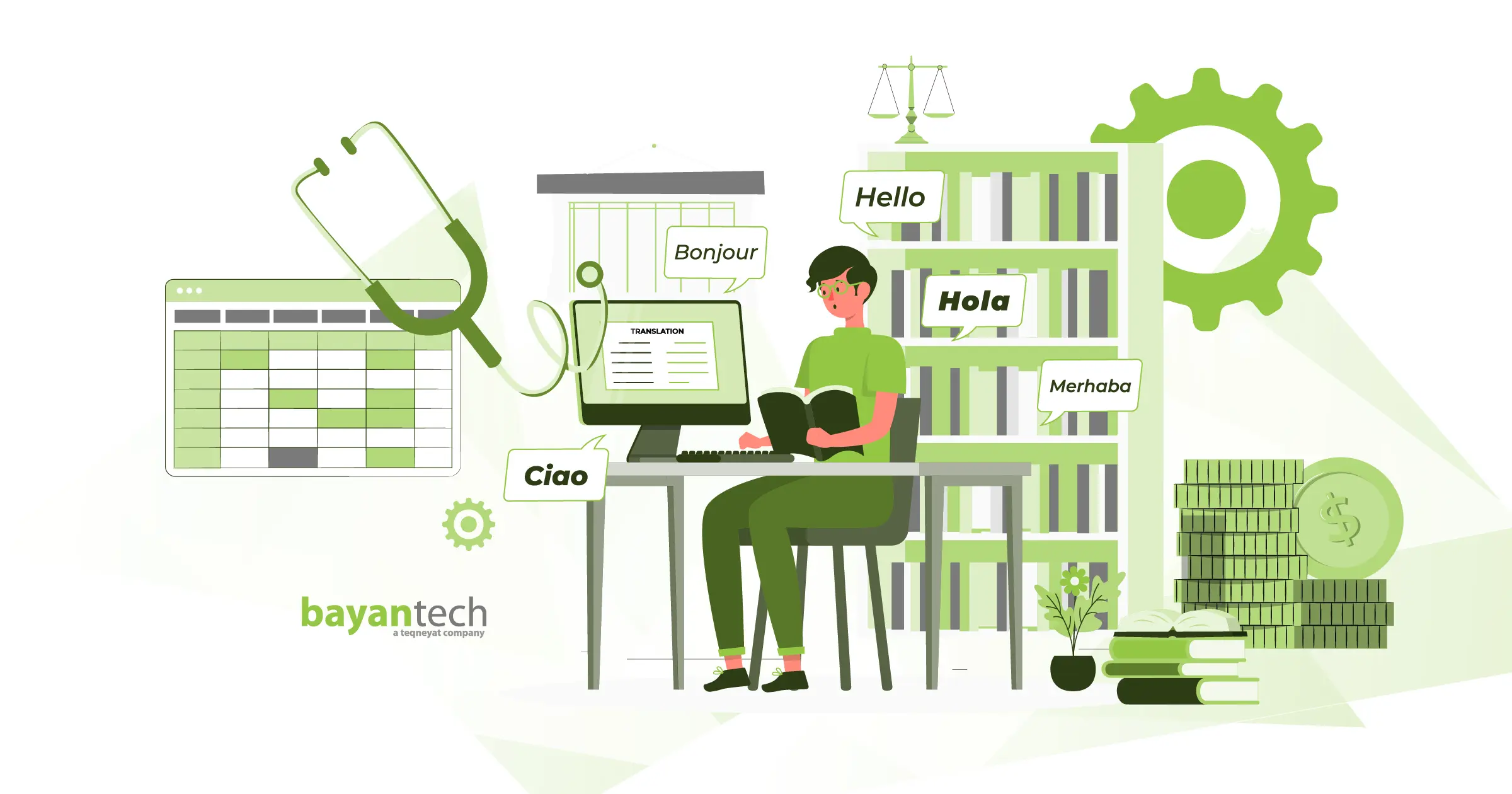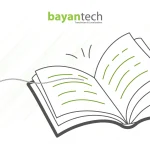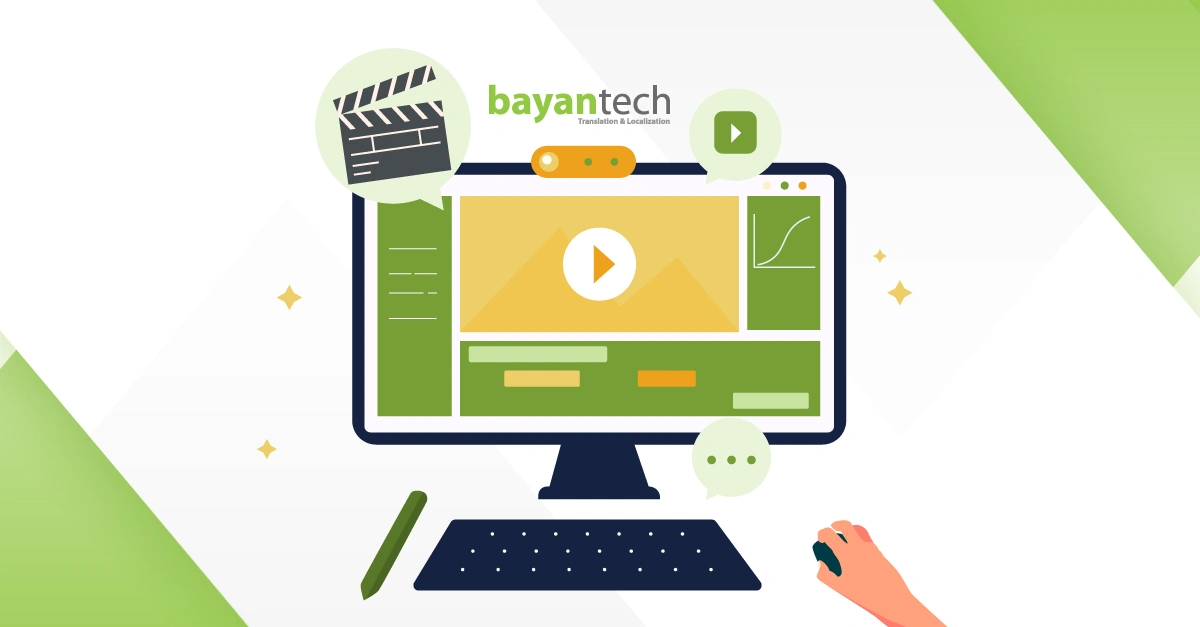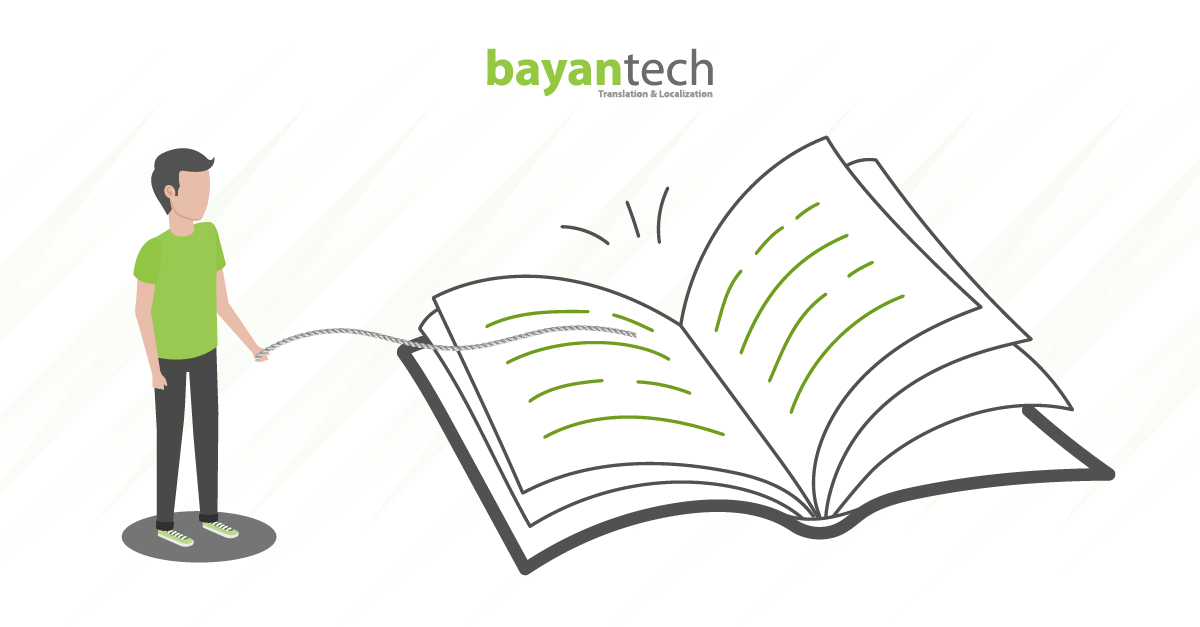Translation is a reputable profession and some even consider it an art form that bridges cultures and languages. With the evolution of technology, translators now have powerful tools at their disposal, enhancing their craft and expanding the possibilities of communication.
But with the diverse branches of content we encounter daily, various types of translation exist. A doctor would need a different type of translation than an accountant. In this blog, we’ll explore the different types of translation available and help you determine which one is right for your next project.
Read more to learn about the types of translation and which one you need for your next project.
A Closer Look at Common Types of Translation
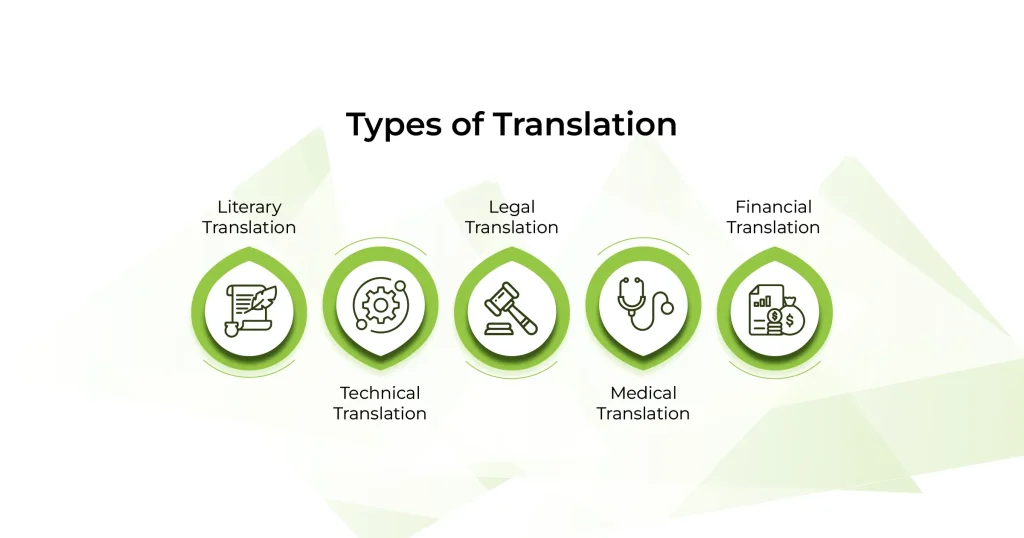
1. Literary Translation
Literary translation is the most artistic type; it’s the translation of literary works like poems, novels, and plays.
Beyond words, the translator needs to translate things like literary devices, schemes, and meters for the target audience to have the same effect as the source language, often adding their own unique touch to deliver the message or emotions the author wants to communicate.
2. Technical Translation
Technical translation includes any translation for specific fields with specialized terminology. That could be the translation of science reports, manuals, or patents.
Because this translation is related to technical fields, it’s important to have translators with experience in those fields to make sure the translation is accurate and consistent.
A translator with a background in science would be better equipped to translate a paper in science, for example.
3. Legal Translation
Legal translation covers anything related to legal documents, contracts, and any other legally binding material.
For this type, the translator needs to be aware of the legal systems of the language pair they’re working with, as the slightest mistake can make a world’s difference in a legal document.
4. Medical Translation
With medical translation, the translator deals with healthcare documents and anything related to medicine and pharmaceuticals.
Due to the sensitive nature of this field, translators should be specialized in the field of medicine or have a strong background in it; not anyone can understand and accurately translate medical terminology, and this is a case where it is truly a matter of life or death.
5. Financial Translation
Financial translation is for translating financial documents, reports, and anything related to finance and accounting.
When translators have a deep understanding of financial terminology and regulations, you can be confident that they will deliver accurate document translations that are compliant with these regulations, as usually these reports contain vital information that needs to be translated as faithfully as possible.
6. Other Types of Translation
- Administrative translation involves translating business documents and correspondence for corporations or government bodies.
- Commercial translation is all about marketing material, any business-related documents, and contracts.
- Website translation involves translating and localizing website content to fit different cultures and regions.
- Software localization on the other hand involves adapting the software of a website to fit different cultural contexts. That includes images, dates, payment methods, and any other interactive experience on the website.
Key Translation Methods & How to Choose the Right Approach
There are several methods of translation: machine translation, human translation, and a hybrid approach that mixes both types.
Here are the pros and cons of these methods.
1. Machine Translation
Times have changed and there’s now advanced machine translation software to make translation easier. This software translates text automatically based on previous translations submitted by the translator, speeding up the process.
The best use for machine translation is translating the general gist of a text or the bigger chunks of it. This saves a lot of time and energy for the translator. However, this method would not be useful for sensitive or specialized material.
Of course, machine translation alone may lack reliability, as it is more prone to inaccuracies, particularly with culturally nuanced and domain-specific content.
2. Human Translation
Human translators are the most essential aspect of the translation process, with translators making use of their expertise in language and domains to avoid any inaccuracies.
With their ability to consider cultural nuances and convey idiomatic expressions effectively, human translators ensure that nothing gets lost in translation. Their expert insight enhances the text’s relevance and appropriateness for its intended audience.
While the process can be time-consuming, advancements in technology, such as translation memories and other tools, streamline the workflow and enhance quality.
These resources assist translators in meeting tight deadlines without compromising accuracy. Human translation is the ideal choice for sensitive materials and high-stakes tasks where precision and cultural relevance are paramount.
3. Hybrid Approach (Machine Translation + Human Editing)
Combining automation and human expertise allows for two layers of translation: the first layer is machine translation, followed by human revision to ensure the best quality.
This approach also ensures cost-effectiveness and efficiency when dealing with large texts.
In the end, it’s the collaborative work between machine translation and human editing that renders a good result. That depends on working with high-quality software and the expertise of the translator.
bayantech: Pioneers in Translation (of Every Type!)
At bayantech, we have experts in every translation type. Knowing the importance of a hybrid approach to translation, we use the best translation tools along with working with top-notch native translators specialized in their fields. Contact us to get professional translation services!

